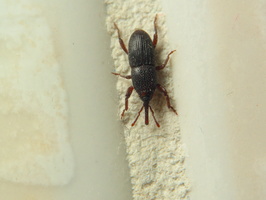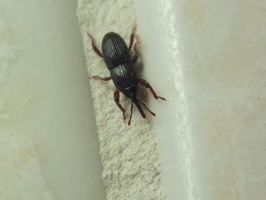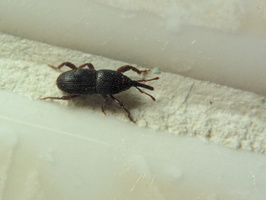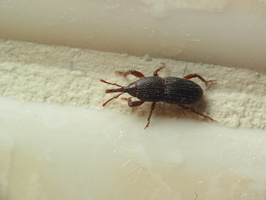- sort orderDefault
Photo title, A → Z
Photo title, Z → A
✔ Date created, new → old
Date created, old → new
Date posted, new → old
Date posted, old → new
Visits, high → low
Random - Google Map
- map
 home / Insecta · vabzdžiai / Coleoptera · vabalai / Curculionidae · straubliukai / Sitophilus granarius · aruodinis straubliukas
home / Insecta · vabzdžiai / Coleoptera · vabalai / Curculionidae · straubliukai / Sitophilus granarius · aruodinis straubliukas

-
 Sitophilus granarius · aruodinis straubliukas
Sitophilus granarius · aruodinis straubliukas
-
 Sitophilus granarius · aruodinis straubliukas
Sitophilus granarius · aruodinis straubliukas
-
 Sitophilus granarius · aruodinis straubliukas
Sitophilus granarius · aruodinis straubliukas
-
 Sitophilus granarius · aruodinis straubliukas
Sitophilus granarius · aruodinis straubliukas
Sitophilus granarius · aruodinis straubliukas
- Calandra granaria
- wheat weevil, grain weevil, granary weevil
- Kornkäfer
- aruodinis straubliukas
- graudu smecernieks
- wołek zbożowy
Originally native to eastern Mediterranean regions this species has become established throughout cooler regions of the world due to the transportation of cereal grains, it is among the most destructive pests of stored grains and may cause the complete destruction of grain in silos, bins or even in ships while being transported. In general, it has moved from natural and cultivated grains in the wild to developing solely among grain in storage and has become dependent on humans for its distribution.
Adult wheat weevils are about 3–5 mm long with elongated snouts and chewing mouth parts. Depending on the grain kernels, the size of the weevil varies. In small grains, such as millet or grain sorghum, they are small in size, but are larger in maize. The adults are a reddish-brown, sometimes almost black. Adult wheat weevils are not capable of flight. Larvae are legless, humpbacked, and are white with a tan head. Weevils in the pupal stage have snouts like the adults.
Female wheat weevils lay between 36 and 254 eggs and usually one egg is deposited in each grain kernel. Female weevils can tell if a grain kernel has had an egg laid in it by another weevil. They avoid laying another egg in this grain. Females chew a hole, deposit an egg, and seal the hole with a gelatinous secretion. This may be how other females know the grain has an egg in it already. All larval stages and the pupal stage occur within the grain. The larvae feed inside the grain until pupation, after which they bore a hole out of the grain and emerge. They are rarely seen outside of the grain kernel. The life cycle takes about five weeks in the summer but may take up to 20 weeks in cooler temperatures. Adults can live up to eight months after emerging.